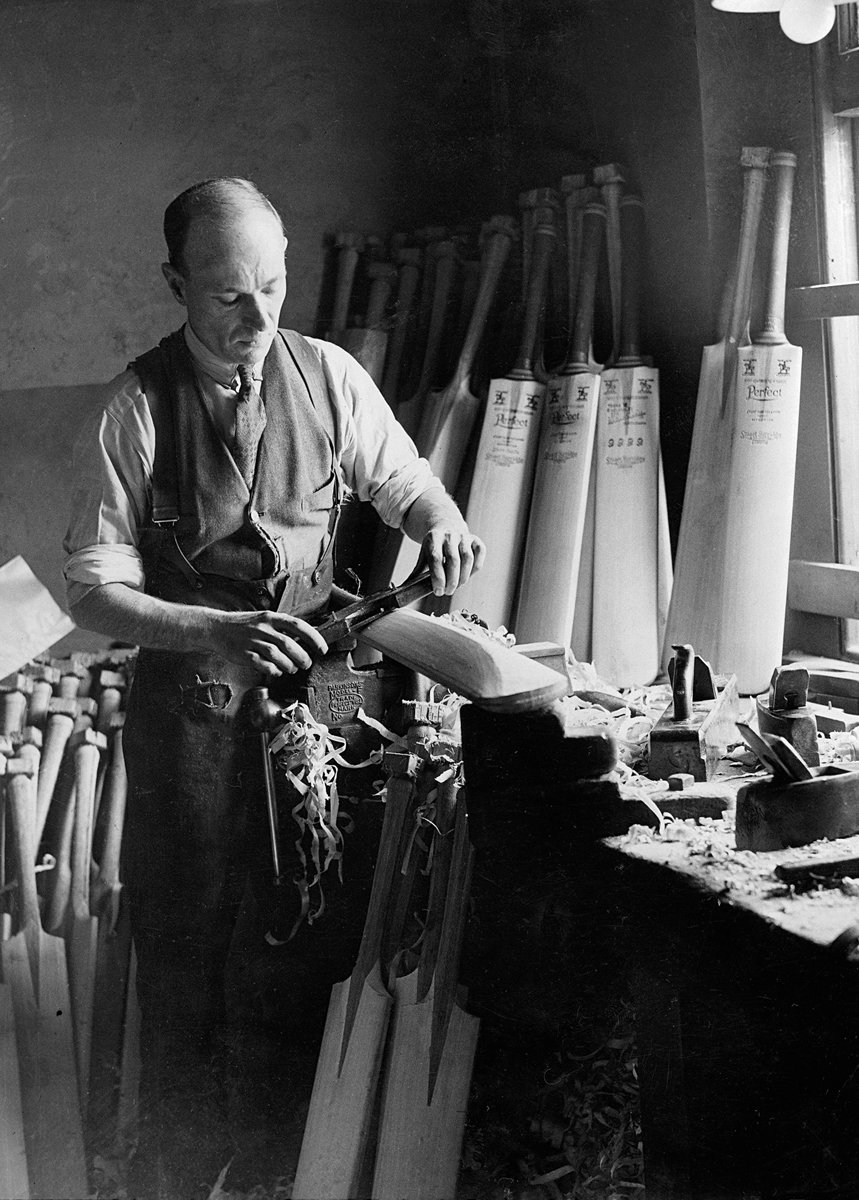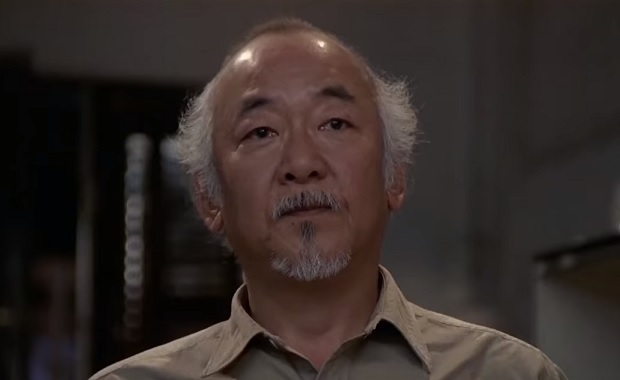A Cricket Bat Maker's Story: Skill And Tradition

Table of Contents
The Selection of Willow: Choosing the Perfect Wood
The journey of a handcrafted cricket bat begins with the selection of the raw material: willow. High-quality English willow is prized for its strength, resilience, and ability to deliver a powerful shot. The grading of willow is crucial; it determines the bat's performance and price. Cricket bat willow selection is a highly skilled process, requiring years of experience to master.
- Different grades of willow and their properties: Grade 1 willow is the highest quality, exhibiting exceptional strength and minimal defects. Lower grades, such as Grade 2 and 3, are still suitable for bats but may have more imperfections, impacting the overall performance.
- The process of inspecting the wood for knots, cracks, and other imperfections: Expert bat makers meticulously inspect each piece of willow, rejecting any with knots, cracks, or other imperfections that could weaken the bat. This careful selection ensures only the best wood is used.
- Sourcing willow from reputable suppliers: Reputable suppliers guarantee the quality and origin of the willow, crucial for creating high-performing cricket bats. Long-standing relationships with suppliers are vital for consistent quality control.
- The impact of willow quality on the performance of the finished bat: The quality of the willow directly affects the bat's power, sweet spot size, and overall durability. Higher-grade willow translates to a better-performing, longer-lasting bat.
The Art of Shaping: From Cleaving to Carving
Once the perfect piece of English willow is selected, the art of shaping begins. This process transforms a raw block of wood into the recognizable profile of a cricket bat. The cricket bat shaping process involves several stages, each demanding precision and skill.
- Cleaving the block of willow into the desired shape: The initial step involves cleaving the large block of willow into a more manageable size and shape, using specialized tools to avoid damaging the wood's grain.
- Using specialized tools to carve and shape the bat: Experienced craftsmen use a variety of tools, including specialized planes and chisels, to carefully carve and shape the bat, gradually refining its contours and creating the desired profile.
- Creating the unique profile and sweet spot of the bat: The craftsman's skill is evident in the creation of the bat's unique profile and sweet spot – the area of the bat that provides maximum power and control. Different cricket bat designs cater to specific playing styles.
- The importance of precise measurements and angles: Precise measurements and angles are critical for creating a balanced and powerful bat. Even slight variations can impact the bat's performance.
- Different bat profiles and their suitability for various playing styles: Different bat profiles, such as the classic, the power-driven, or the lightweight designs, are tailored to suit various playing styles and preferences.
The Finishing Touches: Applying the Oil and Grip
The final stages of cricket bat making involve applying oil and a grip to enhance durability and improve performance. This process enhances the bat's lifespan and provides the player with a comfortable and secure grip.
- Applying multiple coats of linseed oil for protection and durability: Linseed oil is applied in multiple coats, allowing each coat to dry before applying the next. This protects the wood from moisture and wear, enhancing the bat's durability.
- The process of drying and curing the bat: After oiling, the bat undergoes a drying and curing process, ensuring the oil penetrates deeply into the wood and forms a protective layer.
- Choosing the right grip material and size: The choice of grip material, such as rubber or leather, and size is crucial for comfort and control.
- Applying the grip and ensuring a secure fit: The grip is carefully applied and secured to ensure it provides a firm, comfortable, and slip-free grip for the player.
- The importance of proper bat care for longevity: Proper bat care, including regular oiling and storage in a dry environment, is crucial for extending the lifespan of a handcrafted cricket bat.
The Legacy of Tradition: Preserving the Craft
The creation of handcrafted cricket bats is a time-honored tradition. Preserving these traditional cricket bat making techniques is crucial, ensuring this unique craftsmanship is passed down to future generations.
- The challenges faced by traditional bat makers in the modern era: Traditional bat makers face challenges from mass-produced bats and changing market dynamics.
- The importance of mentorship and knowledge sharing: Mentorship and the sharing of knowledge between generations of craftsmen are vital for preserving traditional techniques.
- The appeal of handcrafted cricket bats compared to mass-produced alternatives: Handcrafted cricket bats offer superior quality, performance, and a unique connection to the tradition of the game, differentiating them from mass-produced alternatives.
- The future of traditional cricket bat making: The future of traditional cricket bat making hinges on the continued appreciation of craftsmanship and the dedication of artisans committed to preserving this legacy.
Conclusion
From the meticulous selection of willow to the final application of the grip, crafting a handcrafted cricket bat is a labor of love, skill, and tradition. The process combines artistry and precision, resulting in a unique and high-performance piece of sporting equipment. Discover the difference a handcrafted cricket bat can make in your game. Explore our range of bespoke cricket bats, made with time-honored techniques and the finest materials. Experience the legacy of skill and tradition in every swing. Contact us today to learn more about our handcrafted cricket bats and discover the perfect bat for your unique style.

Featured Posts
-
 Cobra Kais Hurwitz My Original Pitch For The Series Mock Trailer Included
May 23, 2025
Cobra Kais Hurwitz My Original Pitch For The Series Mock Trailer Included
May 23, 2025 -
 The Last Rodeo Neal Mc Donough On His New Project And The Role Of Faith
May 23, 2025
The Last Rodeo Neal Mc Donough On His New Project And The Role Of Faith
May 23, 2025 -
 Exploring The Connections Karate Kid Legend Of Miyagi Do And The Franchises Continuity
May 23, 2025
Exploring The Connections Karate Kid Legend Of Miyagi Do And The Franchises Continuity
May 23, 2025 -
 7 Billion Theme Park Universals Aggressive Bid To Challenge Disneys Dominance
May 23, 2025
7 Billion Theme Park Universals Aggressive Bid To Challenge Disneys Dominance
May 23, 2025 -
 Russells Strong Finish A Winning Day In F1
May 23, 2025
Russells Strong Finish A Winning Day In F1
May 23, 2025
